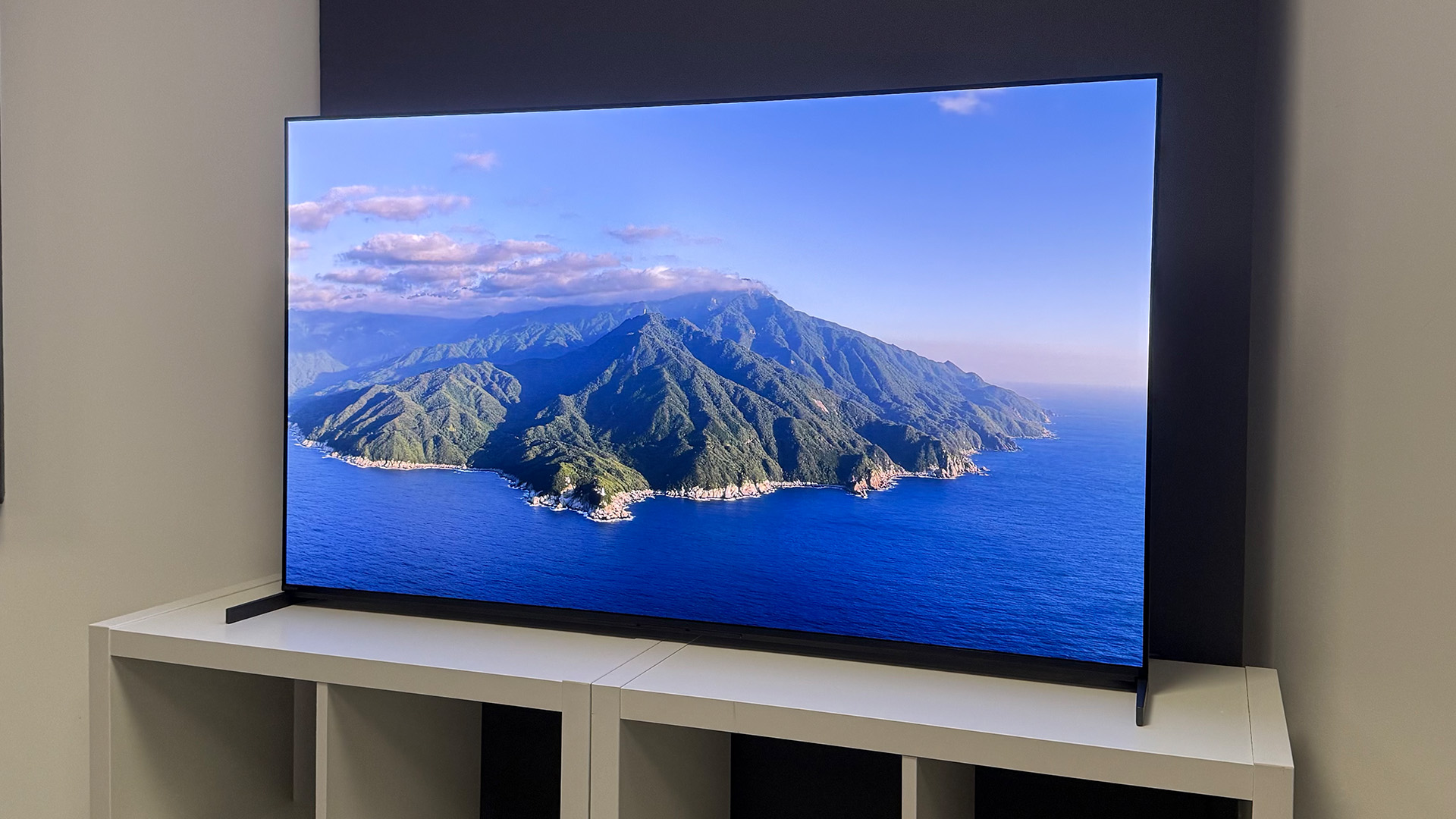Sony A80L vs Sony A80K: which step-down Sony OLED TV is for you?
Two of Sony's finest vie for your cash
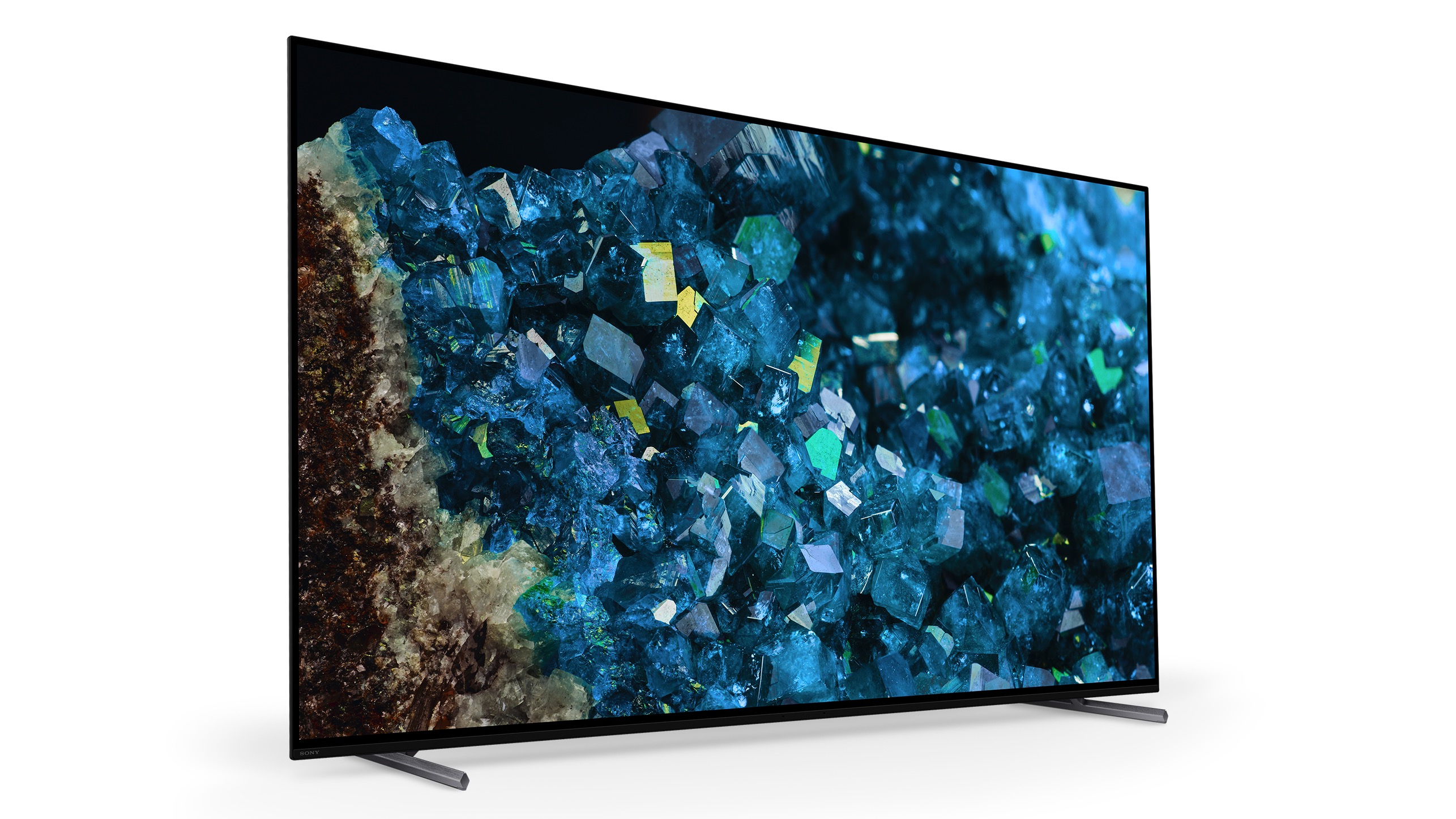
Resolution: 4K
Size: 55in (also available in 65in, 77in, 83in)
HDR Formats: HLG, HDR10, Dolby Vision
Operating system: Google TV
The A80L brings plenty of improvements over the A80K: as well as a new Game Menu, updated processor, more credits for Sony's streaming service and more screen sizes, you get a serious picture upgrade. A surprisingly large step up for this step-down model.
Pros
- Detailed, dynamic picture
- Subtle and authentic
- Atmospheric sound
Cons
- Sound could be bassier
- Lacks shadow detail in SDR
- Only two HDMI 2.1s
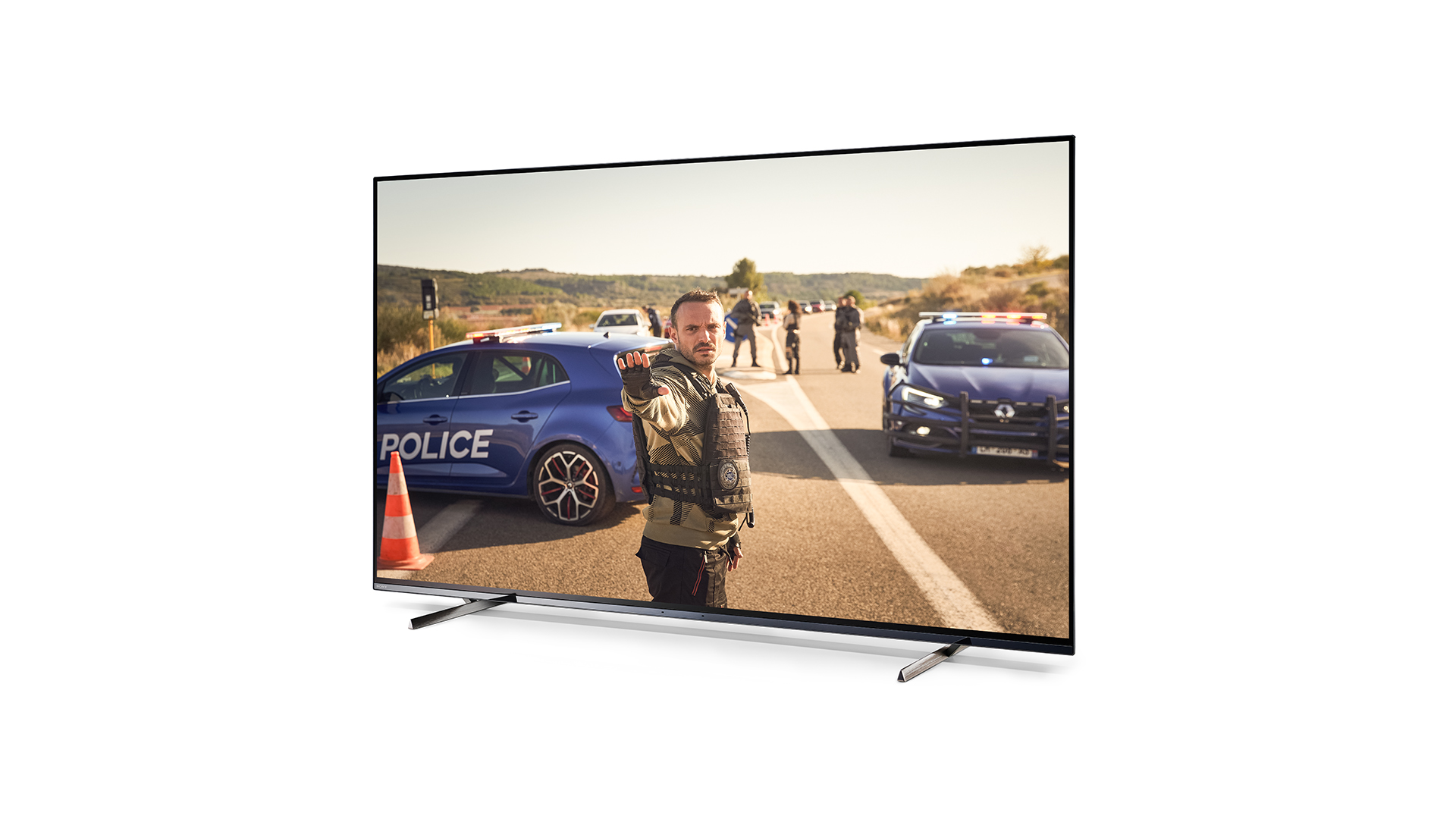
Resolution: 4K
Size: 55in (also available in 65in, 77in)
HDR Formats: HLG, HDR10, Dolby Vision
Operating system: Google TV
Last year's model is this year's bargain. While 2022's A80K nigh-on identical to its successor in terms of specs, it can't match its newer sibling for picture quality. Thanks to hefty discounting it's a smart choice for sure, but it's smarter still to wait for the A80L's price to drop.
Pros
- Refined, natural picture
- Fantastic depth
- Excellent sound
Cons
- Narrow soundstage
- Lacks brightness
- Only two HDMI 2.1s
Sony makes some of the best OLED TVs you can buy, but which one to choose can be a real quandary. Do you throw caution to wind and spend big on the biggest, brightest, best TV you can get? Or should you play it safe and spend more modestly? (Supposing you have the budget in the first place, that is.)
The A80K and A80L are two of Sony's most compelling OLED TVs available right now. The A80K is last year's model, offering big screen thrills on a budget, while the A80L is new for 2023, offering a taste of what makes Sony's flagship OLEDs so stunning for (slightly) less cash.
Which should you buy? Step this way, let's pick you a TV...
Sony A80L vs Sony A80K: price

In this article, we're primarily dealing with 55-inch versions of both TVs, though both are available in other sizes too (65-inch, 77-inch, and the A80L also comes in 83 inches). The A80K launched last year at £2099 / $2000 / AU$3899, though it's been around long enough to have been significantly discounted and can in May 2023 be picked up for around £1299 / $1299 / AU$2295.
The A80L is the 2023 model and it launched at a price of £2399 / $1900 / AU$3499. That price has already dropped a little in the UK, but this is still going to be the more expensive TV for a long while.
Winner: Sony A80K
Sony A80L vs Sony A80K: design

In the design department, there's very little to choose between the two TVs. With both, minimalism is very much the order of the day – you get a nearly bezel-free rectangle on top of a pair of narrow feet that look like skate blades. These feet can be positioned wider for a lower centre of gravity, or narrower so the TV can sit on a smaller furniture surface. And they can be fitted low or raised a couple of inches to accommodate a soundbar.
The latest hi-fi, home cinema and tech news, reviews, buying advice and deals, direct to your inbox.
The screen is mighty slim though it does have a fatter mid section to hold the drivers, processing innards and actuators for the in-screen sound system.
Winner: Draw
Sony A80L vs Sony A80K: features
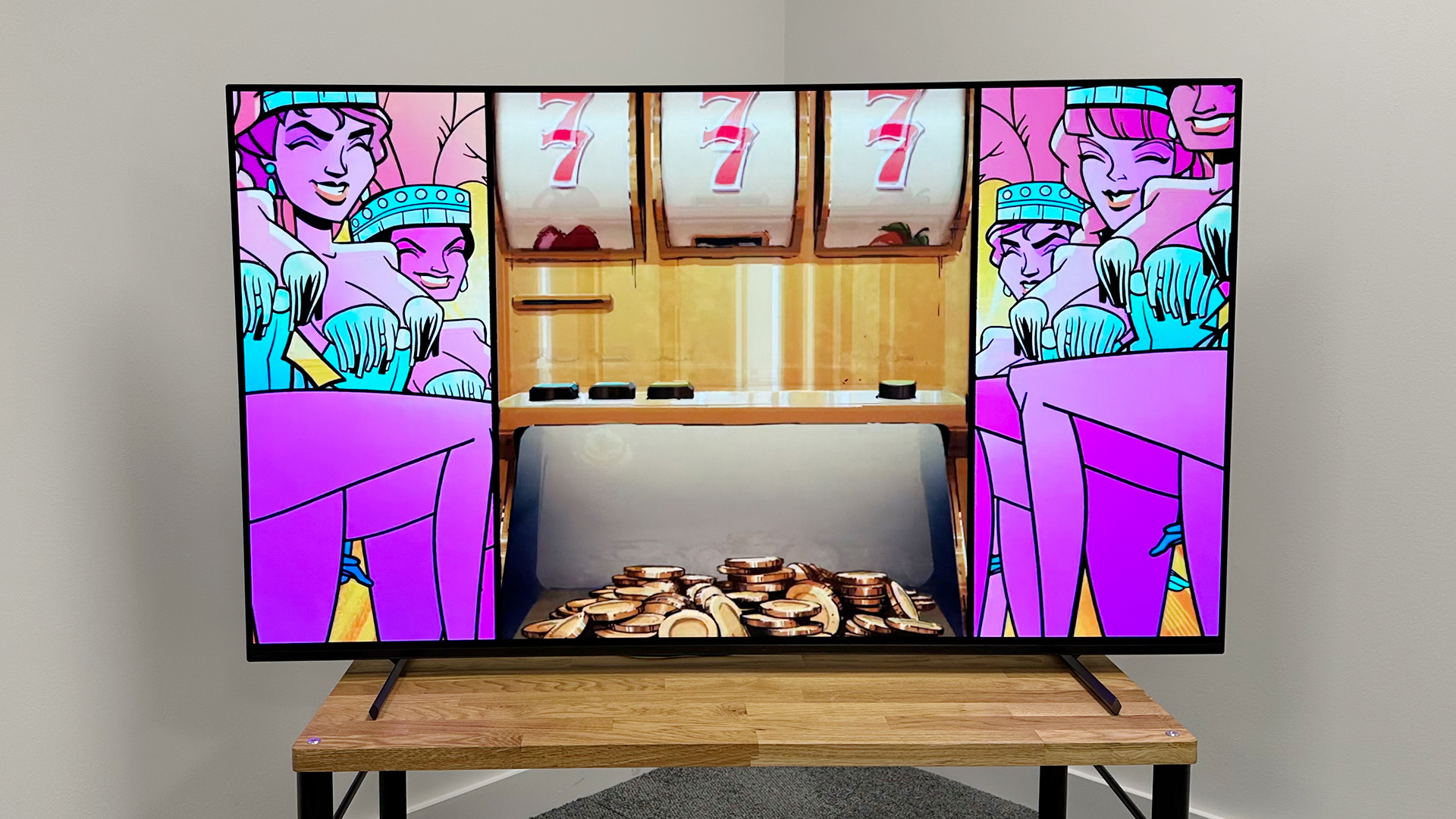
Again, there's not much difference between the two TVs in terms of features, but the A80L does have some extras.
The jewel in Sony's crown is the Cognitive Processor XR – this acts as the brain of its premium range of TVs. The A80L adds a new XR Clear Image feature, which aims to understand the content type better in order to upscale it to 4K more accurately.
Google TV comes as standard, with all the usual streaming suspects on board: Prime Video, Disney+, iPlayer, Apple TV and Netflix (though the latter's content still doesn't show up in the recommendations, which is a major oversight).
Both TVs support Dolby Vision HDR alongside the more common HDR10 and HLG formats, though HDR10+ is lacking. And both have the Sony Bravia Core app, which streams films in higher quality than rival services. The A80L comes with 10 credits, but the A80K comes with just five (once these run out you have to pay to rent or buy films from the service).
Each TV has just two HDMI 2.1 sockets, with the other two ports standard HDMI 2.0 affairs. One of the HDMI 2.1s is also the eARC, so if you plug a soundbar into that, you're left with only one fully-specced port for a PS5, Xbox Series X or PC. That's fine for most people, but the best LG TVs put these to shame with all four HDMI ports offering the 2.1 spec.
The two HDMI 2.1 ports do offer a full suite of gaming features, including 4K/120Hz, VRR and ALLM. And the A80L is designated ‘Perfect for PlayStation’, which means it will automatically calibrate HDR tone-mapping for games when connected to a PS5 (though do check the settings it applies).
The A80L has a new Game Menu, which brings together all the gaming-specific modes so you can switch them on or off and tweak them. These include motion blur, black depth, VRR, and the ability to add a crosshair to the centre of the screen.
The A80K doesn't have this, but it does have the same Acoustic Surface Audio+ sound system, which uses actuators placed behind the screen to make sound come from the exact part of the picture.
Winner: Sony A80L
Sony A80L vs Sony A80K: picture
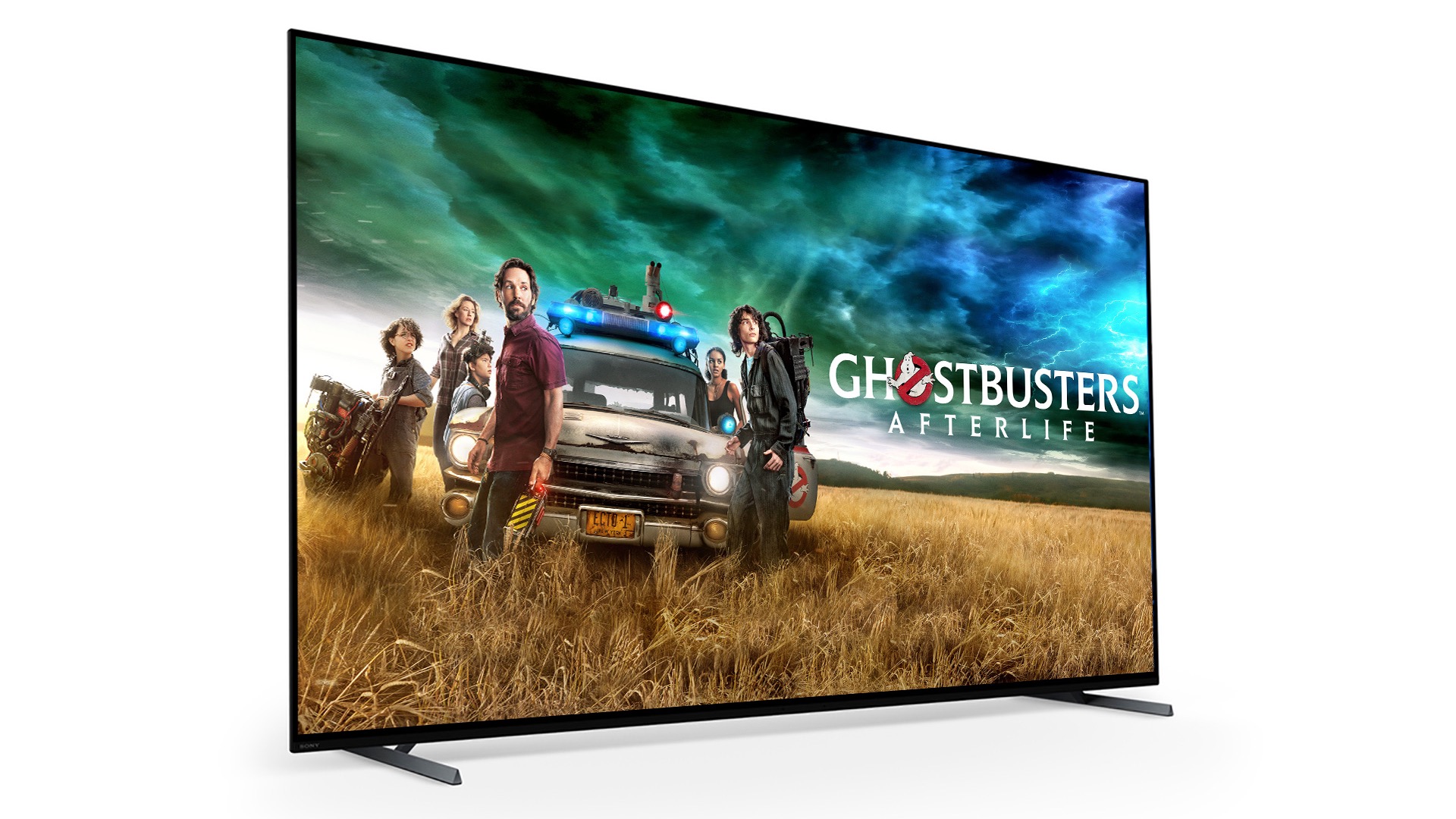
As you'd probably expect, both of these TVs are at their best when playing HDR content. The A80L in particular combines the spectacular with the subtle in a way that's quite extraordinary, with bright colours that pop, but plenty of nuance in skin tones.
These colours never sacrifice dynamism, creating a picture that's gloriously solid with a real sense of depth. Detail is outstanding in both light and dark extremes, and – as with all recent Sony TVs – the motion processing is second to none (Sony really is the best in the business in this regard).
As with the A80K, Dolby Vision Dark mode looks a little dull, while Dolby Vision Bright is beautiful, with plenty of punch. Upscaling is a real highlight too, delivering a picture that's sharp and detailed without any hint of how much processing has actually been done.
The one downside is that with SDR content there's a slight loss of dark detail. But it's a minor niggle in an otherwise stellar performance.
The A80K is also very good, delivering a picture quality that was among the best in class last year. The Cognitive Processor XR works its magic across all facets of the image, creating a superb sense of three-dimensionality and great brightness levels. The downside is that the A80K's treatment of the image does seem to fluctuate more scene by scene than other TVs, which can feel a bit jarring.
Occasional inconsistency aside, the A80K's picture quality is very good indeed. But it's not as bright as the A80L and doesn't have the same degree of punch and vibrancy.
Winner: Sony A80L
Sony A80L vs Sony A80K: sound
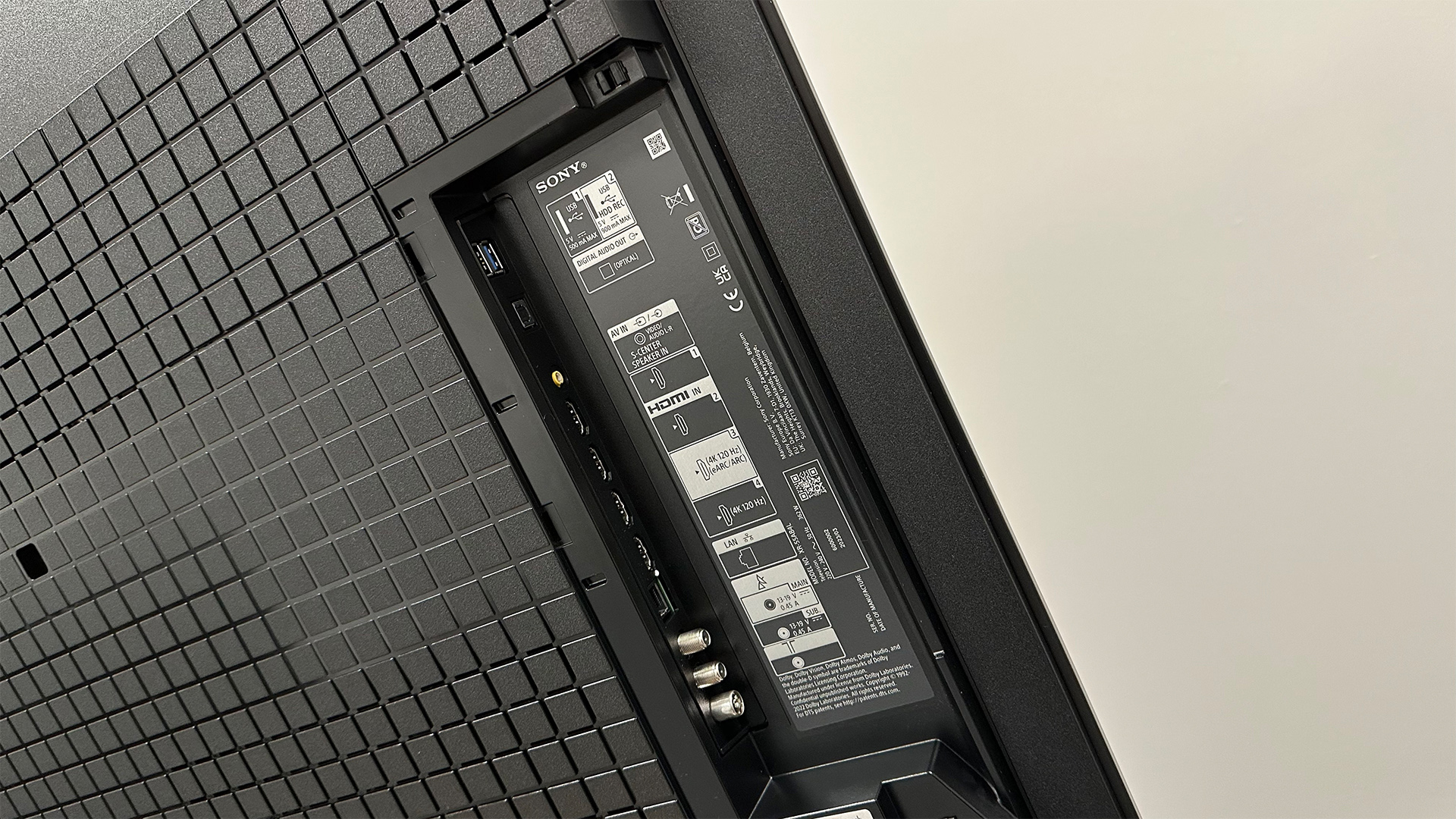
Both the A80L and A80K feature Sony's Acoustic Surface+ sound technology, which places three actuators behind the OLED panel that, with the help of two subwoofers, vibrate and create sound from the screen itself. The advantage is not only that you don't have unsightly speakers on show, but also that the audio is pinpointed to the exact part of the picture, so dialogue comes from characters' mouths, squeals from the tyres of a speeding car, and so on.
The A80L is a bit light on bass, lacking the depth of some TVs in the lower parts of the frequency range. But the upside is that it never overplays its hand, staying relatively composed even when you crank the volume up. This TV knows its limits, and there's a lot to be said for that.
And otherwise, it's all good: an open, spacious soundstage with decent into-the-room projection. We would always recommend a soundbar, but if you wanted to forego one on this occasion, you wouldn't feel too hard done by.
The A80K has a similar impact, with its midrange proving particularly impressive. Dialogue sounds richer and better contextualised; trebly effects avoid sounding harsh or clipped; and dense soundtracks have plenty of headroom to expand when needed. Again, it can't match a flagship in terms of low-end rumble, but it never sounds boxed in or distorted either.
Winner: Draw
Sony A80L vs Sony A80K: verdict
On paper there's not much difference between the two TVs, but in person it's a different matter. The A80L is brighter and more vibrant, with more solid images, and it achieves this without sacrificing cinematic authenticity. It has new features too: it's available in a new 83-inch version, it has the new Game Menu, has mics built into its chassis so it can be controlled hands-free, and it comes with twice as many Bravia Core credits as the A80K (10 instead of five). It also has the new XR Clear Image feature as part of the Cognitive Processor XR.
But it is a lot more expensive. And the A80K is still a stunning TV. If you need a new TV now and you can stretch to the A80L, do it. If your budget doesn't go that far, the A80K will do you proud. But if time is on your side and you can wait for the A80L's price to drop, your patience will be rewarded handsomely.
Overall winner: Sony A80L
MORE:
Here are the best TVs you can buy right now
How will Sony's A95L QD-OLED fare against the Samsung S95C
And don't forget the new LG G3
Joe has been writing about tech for 20 years, first on staff at T3 magazine, then in a freelance capacity for Stuff, The Sunday Times Travel Magazine (now defunct), Men's Health, GQ, The Mirror, Trusted Reviews, TechRadar and many more. His specialities include all things mobile, headphones and speakers that he can't justifying spending money on.

